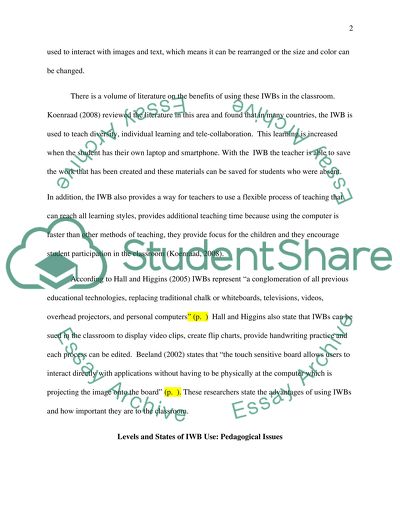Cite this document
(“Interactive White Board Use and Its impact on Student Achievement in Dissertation”, n.d.)
Retrieved from https://studentshare.org/family-consumer-science/1427964-interactive-white-board-use-and-its-impact-on
Retrieved from https://studentshare.org/family-consumer-science/1427964-interactive-white-board-use-and-its-impact-on
(Interactive White Board Use and Its Impact on Student Achievement in Dissertation)
https://studentshare.org/family-consumer-science/1427964-interactive-white-board-use-and-its-impact-on.
https://studentshare.org/family-consumer-science/1427964-interactive-white-board-use-and-its-impact-on.
“Interactive White Board Use and Its Impact on Student Achievement in Dissertation”, n.d. https://studentshare.org/family-consumer-science/1427964-interactive-white-board-use-and-its-impact-on.


